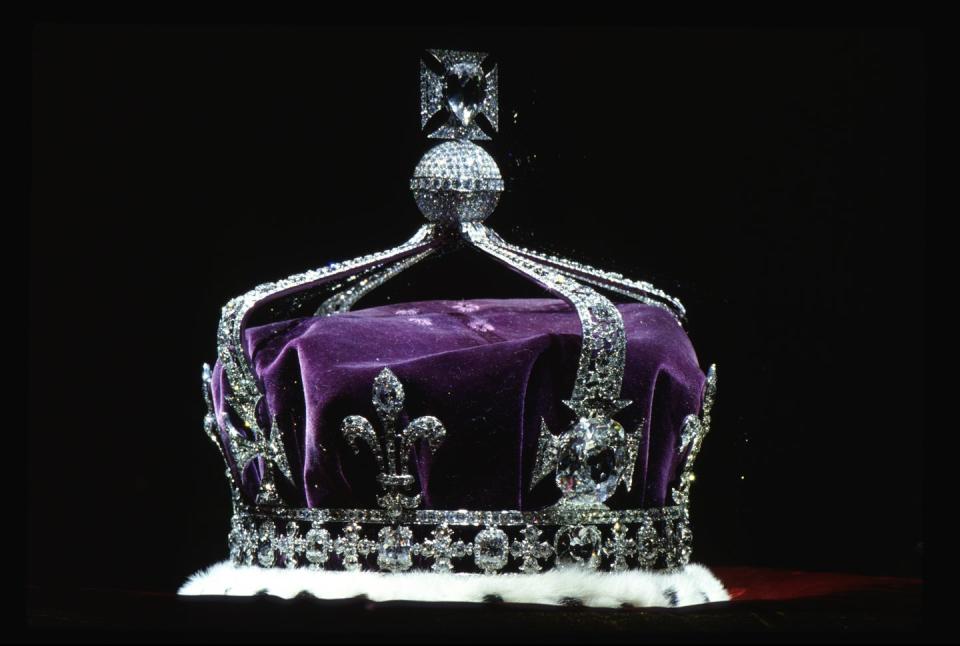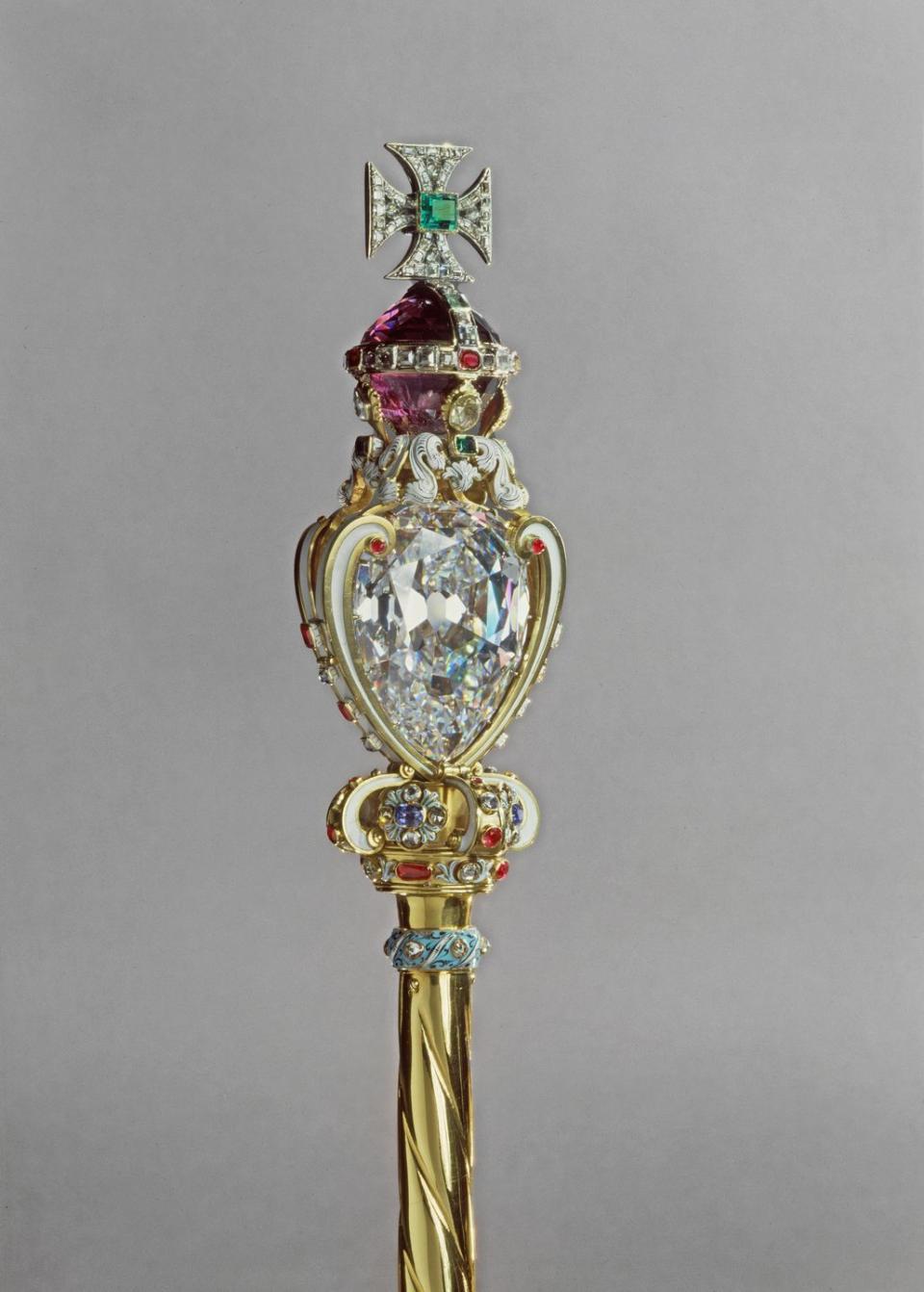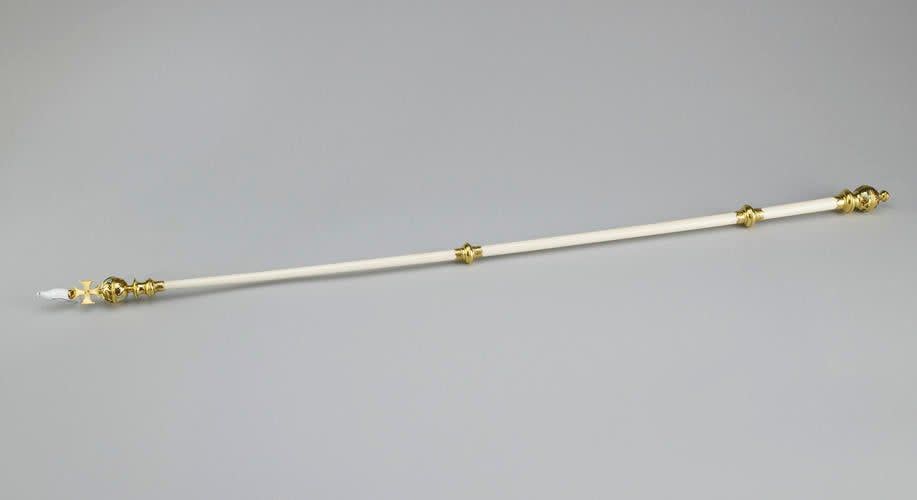All The Controversies Surrounding the Crown Jewels, Explained
- Oops!Something went wrong.Please try again later.
- Oops!Something went wrong.Please try again later.
- Oops!Something went wrong.Please try again later.
Britain’s Crown Jewels have a history that goes back almost 1,000 years to the reign of Edward the Confessor, who was said to have owned the original St Edward’s Crown that King Charles will be crowned with on May 6. However, the set of priceless jewels have undergone many transformations since then—not least the fact that almost all of the originals were melted down when Britain became a republic and the entire set was then remade for the coronation of Charles II in 1661 after the monarchy was restored.
But today, the jewels often spark as much controversy as they do fascination, largely because of some of the diamonds that sit within them. Here are all the controversies surrounding the Crown Jewels.

The Koh-i-Noor Diamond
The most controversial diamond in the Crown Jewels is the Koh-i-Noor which will not be seen on coronation day. It sits within the crown that was made for Queen Elizabeth, the Queen Mother for her coronation in 1937, which was also placed on her coffin when she died in 2002. It was presented to Queen Victoria by the East India company in 1849 after child Maharaja Duleep Singh was forced to sign a document surrendering it to the British. Claims to it have since been made from India, Pakistan, and Afghanistan. Because it is such a direct symbol of empire and conquest, it is seen as highly inflammatory by many, and Queen Camilla avoided significant backlash by announcing that she will not wear it on May 6.

Cullinan Diamond
A diamond that will be very visible on May 6, however, is the Cullianan Diamond. This was the largest diamond ever found when it was discovered in a mine in Pretoria in 1905, following the Boer war and when the area was colonized by Britain. It was bought by the colonial government and presented to King Edward VII and eventually cut into nine stones. The largest stone, known as the Great Star of Africa, was set in the Sovereign’s Sceptre with Cross by King George V, one of the sceptres which King Charles will carry at the coronation. The same sceptre was on Queen Elizabeth’s coffin following her death and during her funeral, with its visibility prompting fresh calls for the gem to be returned to South Africa.
The second-largest stone from this diamond is in the Imperial State Crown which Charles will wear when he leaves Westminster Abbey. Three smaller pieces, Cullinan III, IV and V, which used to be in brooches worn by Queen Elizabeth, will be set in Camilla’s crown.

Ivory
The rod that Camilla will be given to hold during coronation (known as the Queen Consort's Rod with Dove) is made of ivory, which has attracted some debate. “The sceptre is formed from an ivory rod in three sections, tapering towards the top, and is surmounted by a gold monde enamelled with the national emblems (rose, thistle, harp and fleur-de-lis) with a cross above on which perches an enamelled dove with wings folded,” the Royal Collection Trust explains about the item. It was made in 1685 for the coronation of Mary of Modena, Queen Consort of James II, and has been used to crown every queen consort since.
However quite a lot has changed since the 17th century and today members of the royal family have been at the forefront of campaigning for the banning of the ivory trade. In 2014 the Independent on Sunday first reported that Prince William had called for items in the Royal Collection to be stripped from the Palace. Clearly that did not happen. Reports suggest that the Palace’s view on this item is that it reflects the time it was produced in. However, one royal expert on Twitter predicted that William will be “furious” at the inclusion of the ivory object in the modern-day coronation.
You Might Also Like

